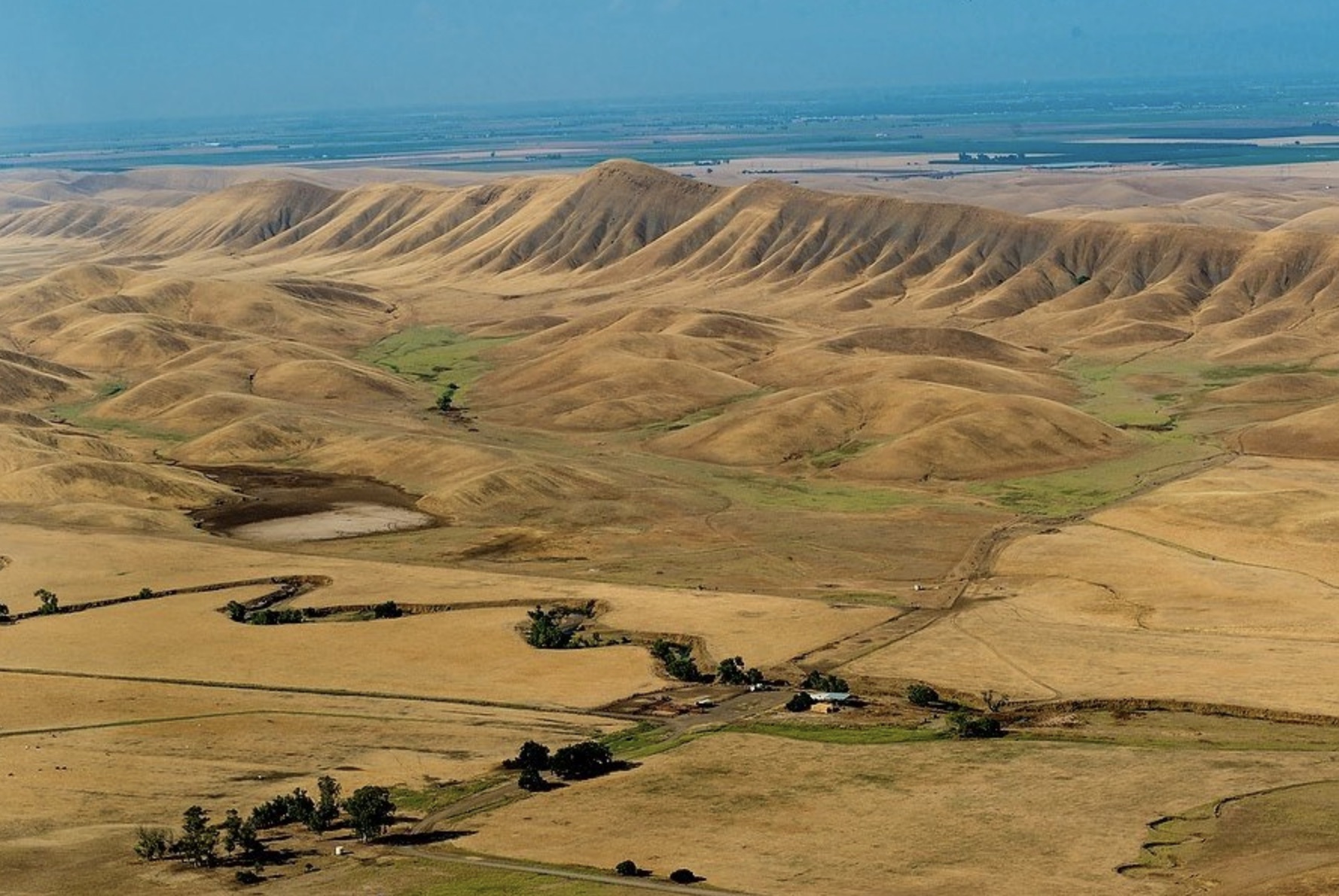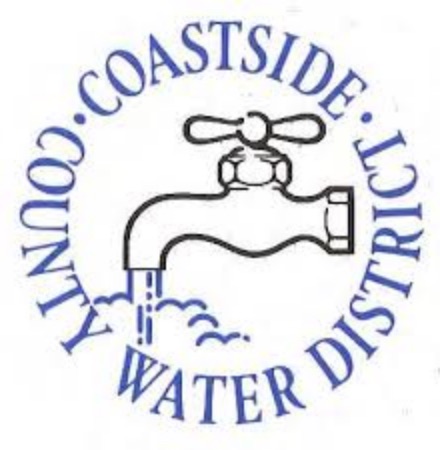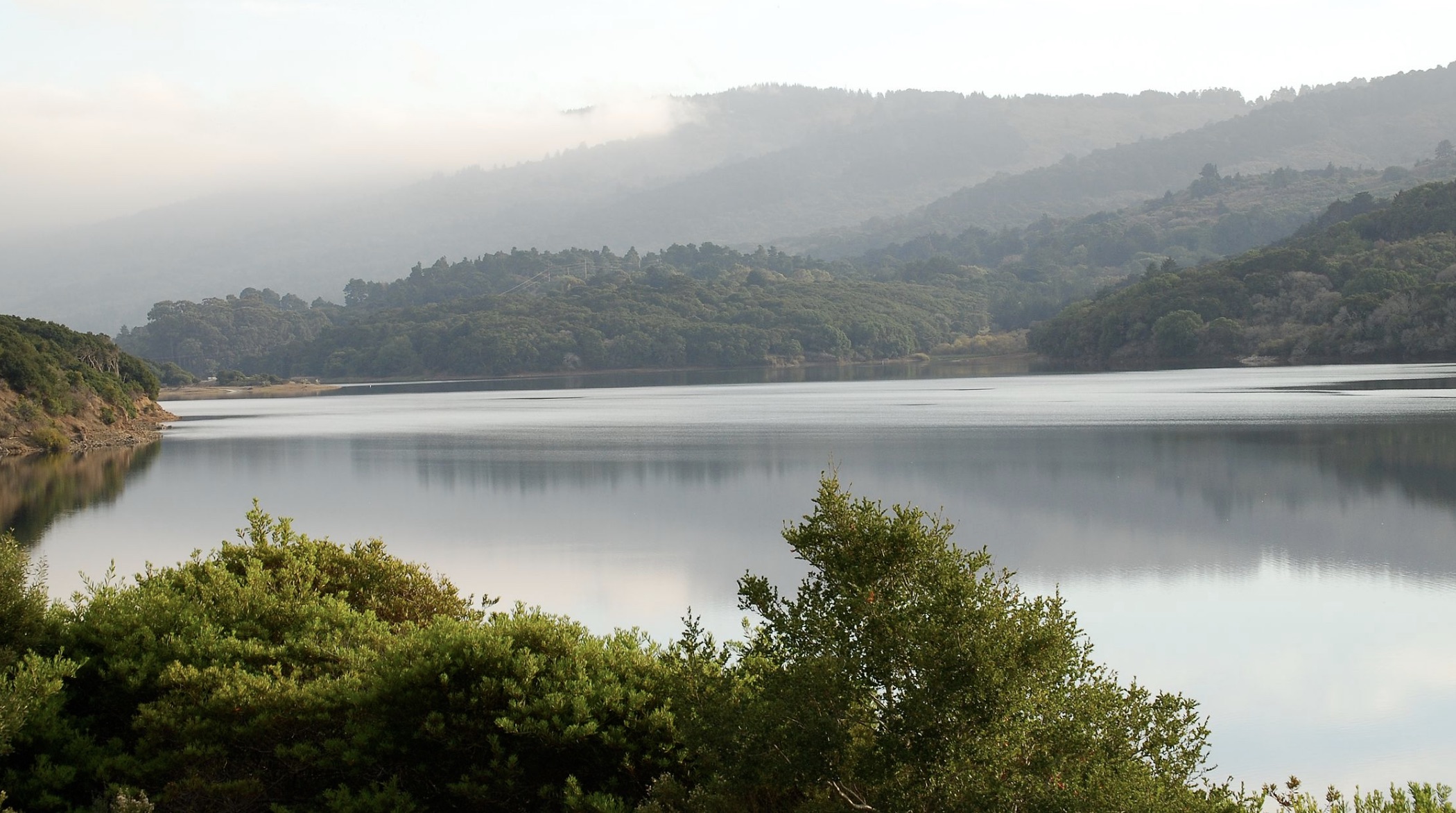|
Getting your Trinity Audio player ready...
|
PRESS RELEASE. From the Courthouse News Service.
Suddenly flush with cash, drought-riddled California has a golden opportunity to update its 20th century water infrastructure and retrofit it for climate change.

SACRAMENTO, Calif. (CN) — Caught in one of the driest two-year stretches in state history and with long-range weather forecasts coming up mostly empty, the key players battling California’s drought have plenty to be concerned about.
Whether it’s plunging reservoir levels, crumbling canals, empty wells or salmon die-offs, the water woes that have plagued the state for decades have returned forcefully during the pandemic.
Droughts come and go routinely in the Golden State, including the last which stretched from 2012 to 2016, but long-term solutions rarely seem to follow. Once the atmospheric rivers finally return to mercifully fill up Shasta Lake and Lake Oroville, the thirst for change evaporates. Politicians turn their attention elsewhere, funding streams go dry and blueprints are tabled.
But one thing is glaringly different this time around: California’s coffers are overflowing, creating an opportunity for the nation’s most populous state to renovate and prep its outdated water systems for climate change.
“Now, we’re lucky, we have money all of a sudden in the state of California,” said Celeste Cantu, chair of the San Diego Regional Water Quality Control Board. “We have the ability to really address a 21st century challenge.”
Vanishing snowpack
Last winter wasn’t exceedingly dry across the main watersheds in the northern part of the state where most of the rain and snow falls, but what followed in the spring shocked the federal and state agencies that jointly manage most of California’s water supply.
Heading into the spring, California’s snowpack was an estimated 60%-70% of average — not great, but not enough to cause alarm. In a typical year that amount of snow in the Sierra Nevada would have slowly melted in the spring and at least partially replenished the state’s critical reservoirs.
But scorching temperatures in April and May dissolved the snowpack at an incredible rate, rendering 100 years of data on snowmelt useless. Instead of reaching streams and riverbeds, the precious runoff soaked into the dry mountain soils or evaporated. By June 1, the statewide snowpack was completely gone.
The very disastrous scenario scientists warned would become more common with climate change came to fruition as only 20% of the snowpack was captured. The meager runoff and scheduled water deliveries to farmers dropped reservoir levels to record lows, causing Governor Gavin Newsom to declare a statewide drought emergency as the state plunged into the summer.
With global temperatures continuing to rise, what happened this past spring in Northern California will almost certainly occur more frequently. Officials are now publicly sounding the alarm that California’s water system simply can’t keep up.
“We got pretty smoked,” admitted Karla Nemeth, director of the California Department of Water Resources.
In the pipeline
Nemeth is one of the many people striving to advance Newsom’s grand vision for California’s water future. She and an assortment of water managers, farmers and environmentalists discussed infrastructure and policy changes this week during a Public Policy Institute of California forum.
While the state’s so-called “Water Resilience Portfolio” contains over a hundred ideas, including big-ticket items like new dams and tunnels, Nemeth said a variety of improvements are already underway.
To improve forecasting abilities and make state data more accessible to local agencies, the state is working with the Scripps Institute and others on technology updates. In addition, Nemeth said California will debut its own drought monitor by the end of the year that’s intended to give water managers more accurate, instant information.
“It’s going to be an important new tool in communicating with the public around the role of drought in our lives,” Nemeth said.
To go with better data, Nemeth said the department will continue to pursue a $17 billion plan to build a tunnel underneath the Sacramento-San Joaquin River Delta. A state commission is also in the process of dishing out billions in voter-approved bonds for a new major reservoir, dam expansions and new groundwater storage projects.
Other officials are urging a more holistic approach to water management, particularly when it comes to flood control.
Tim Ramirez, member of the Central Valley Flood Protection Board, noted the state’s current flood defense plans were designed for a previous era just like its water infrastructure. With more rain predicted to fall instead of snow in future years, he warned it’s only a matter of time before the San Joaquin Valley suffers another extreme flooding event.
“The system was built to carry snowmelt in a controlled fashion down through the delta; it was not built to handle floods,” Ramirez said.
A focus should be placed on “widening rivers” by designating new floodplains in the Central Valley and Ramirez said it is critical for the state to expedite these projects by ensuring funds are dished out to the corresponding local agencies without the usual bureaucratic rigmarole. “Projects are being funded by multiple sources and we’re putting the burden on people that are doing the hard work to go and get four, five, six, seven and even eight different funding sources.”
Daniel Swain, a climate scientist at the University of California, Los Angeles, echoed Ramirez’s sentiment, saying California should be ready to take advantage of major storms. Designing ways to divert excess water will be key to make up for the future loss of snow, he added.
“Managing that increased variability along with that new warming presents a pretty complicated picture,” Swain told the PPIC panel of California’s need for flexible water infrastructure.
Along with taking pressure off levees, Swain said projects designed to capture stormwater will have the added benefit of recharging groundwater supplies which get depleted during drought periods. “You’re taking this water that you actually don’t want in that moment and putting it somewhere where you actually will want it in the future,” he explained.
New floodplains will also aid the state’s booming agricultural industry and potentially reduce farmers’ reliance on surface water.
Don Cameron, president of the California State Board of Food and Agriculture, says his 6,000-acre farm near Fresno is building new canals and other infrastructure so it can grow crops and recharge groundwater supplies if and when the floods come. He hopes the state will help other major farmers do the same before the next big storm.
“We’re on the front line, climate change is here,” Cameron said. “We’d love to see the money move a little quicker.”
Panelists gave a nod to other ideas that can be implemented more easily at the local level, such as restoring wetland habitats, building wastewater recycling plants and helping low-income families pay their drinking water bills.
“At the end of the day we need to think differently,” said Adel Hagekhalil, general manager of Metropolitan Water District of Southern California.
Pot of gold
Though many of the ideas pitched around during the event titled “Seizing the Drought: Water Priorities for Our Changing Climate” have been proposed before, there is a greater sense of confidence among decision makers about getting them to the finish line this time around.
The urgency and optimism can largely be attributed to the state’s rosy finances, which have bounced back tremendously since the outset of the pandemic.
This past summer, Newsom inked a state budget that included historic investments for drought response and water resiliency. The budget included over $1 billion for drinking and wastewater projects, $200 million for communities fighting drought and hundreds of millions more toward groundwater cleanup and urban flood risk reduction. Next year’s spending plan will contain additional boosts, as this week the state’s nonpartisan legislative analyst projected a $31 billion surplus.
The state also figures to benefit tremendously from the newly signed federal infrastructure bill which contains over $100 billion for drinking water and related infrastructure projects.
With seemingly enough to go around, the onus will be on the Legislature and state to get the cash out the door and take a bigger role in planning water projects, says Letitia Grenier, director at the San Francisco Estuary Institute.
“We can’t entirely let the government off the hook here; we really could use some leadership not just from within our water agencies,” Grenier said.
A glaring issue that often stalls proposals is the amount of time and money necessary to get through the planning stages. Adding to the difficulty is the fact agencies applying for bonds or grants must pay up front for a large portion and play the reimbursement waiting game with the state or feds. The process can strain local budgets and force municipalities to either take out loans to pay their bills or worse, give up on useful projects entirely.
Panelists agreed the state could help get water projects through the planning process quicker by offering technical assistance and cutting red tape.
In the meantime, agencies looking to capitalize on the overflowing state coffers should do whatever they can to get their proposals “shovel ready,” said Rosemary Menard, interim city manager of the city of Santa Cruz.
The overarching pot of gold headed for water projects may have California in prime position to control its water future, but it won’t cure the present.
Even as entire communities are without tap water due to the drought and excess groundwater pumping, the state water board announced Wednesday that Californians reduced urban water use by only 3.9% in September, embarrassingly short of the 15% requested by Newsom. The state is also scrambling along with Arizona and Nevada to figure out how to take less from the increasingly overdrafted Colorado River.
Meanwhile, Nemeth’s Department of Water Resources said this week that groundwater management plans submitted by a few major agricultural water suppliers in the Central Valley weren’t fully cooked.
Under a 2014 law coined the Sustainable Groundwater Management Act or SGMA, the state placed 515 water basins into categories and required local users of the high and medium placements to form districts. The districts are in the process of coming up with “water budgets” and sustainability goals, and the new districts will have 20 years to comply with their goals once the plans are approved by the state.
California’s rosy financial window is certain to close but if the state can get out of its own way, the chance for transformative change is there.
“Money exists, and political will can be changed,” said Swain, the climate scientist.





